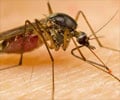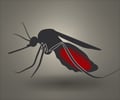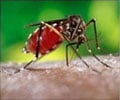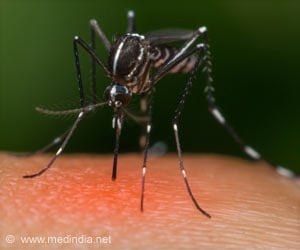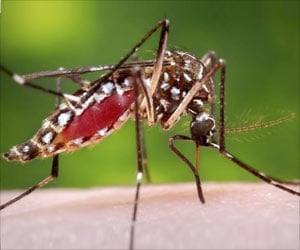Pregnant women and young children are most likely to use mosquito nets to protect themselves from deadly malaria, reveals a new study.
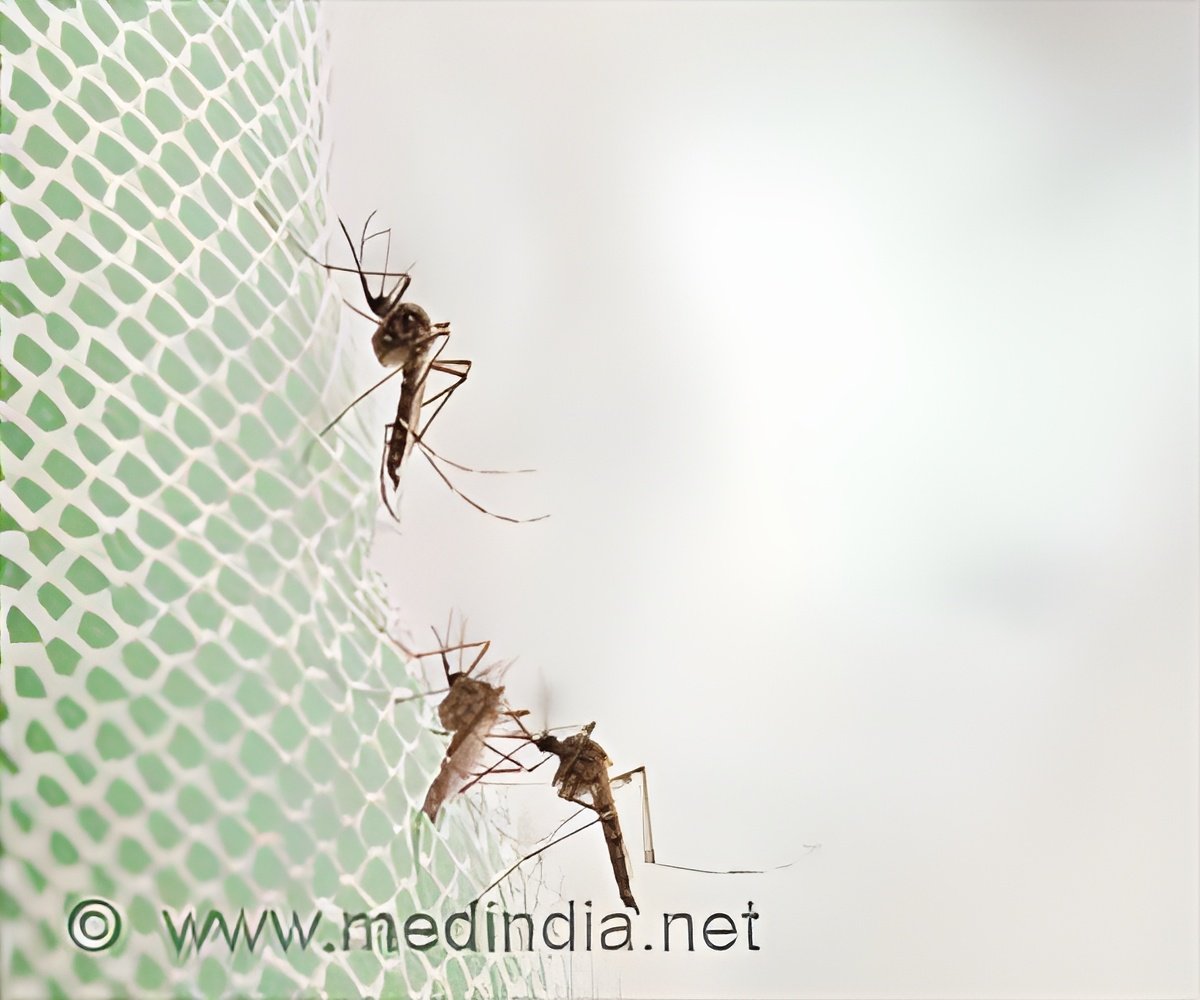
‘Mosquito nets are draped over the bed as a barrier against mosquito bites. A new study highlights that pregnant women and young children are more likely to use mosquito nets to protect themselves from deadly malaria.’
Read More..




The findings, published in Malaria Journal, also show that when households have an adequate supply of treated bed nets - one for every two members living under the same roof - these gender and age disparities shrink.Read More..
The World Health Organization credits the widespread use of insecticide-treated bed nets with playing a huge role in the reduction of the number of malaria cases in sub-Saharan Africa since 2001.
The new research finds, however, that across 29 countries in sub-Saharan Africa, on average, only 30 percent of households have enough bed nets, ranging from 8.5 percent in Cameroon to 62 percent in Uganda.
"The good news is that we have succeeded in protecting some of the most vulnerable people - pregnant women and young children - from malaria," says Bolanle Olapeju, MBBS, Ph.D., a senior research data analyst with CCP who led the research as part of CCP's VectorWorks team. "Now, we need to go even further to provide enough nets for everyone else."
Mosquito nets are draped over a bed as a barrier against bites from mosquitos - and the diseases they carry. The nets do double duty in that they are treated with an insecticide that kills many of those mosquitos that land on them.
Advertisement
For the research, Olapeju and her team analyzed data from Malaria Indicator Surveys and Demographic and Health Surveys conducted in sub-Saharan Africa between 2011 and 2016. This analysis allowed them to determine patterns of net use both when there were an adequate number of bed nets in a household and when there were not.
Advertisement
"Once you get more nets into households, age and gender disparities shrink, so we need to keep reminding policymakers of the importance of getting nets to as many people as possible," Olapeju says. "It's one of the best ways we have to prevent malaria."
Whether there were an adequate number of nets in the home or not, however, the researchers found that those who were least likely to sleep under nets were school-aged children, those from ages five to 14. The researchers say this is concerning because even though this group is less likely to suffer from the symptoms of malaria, these children are more likely to have asymptomatic malaria which can still be spread to others by mosquito bites.
"The global stakeholders have done a lot to provide nets and prevent malaria," Olapeju says. "But this is the time to push harder toward eliminating malaria and one way to do that, it appears, is with more nets."
Source-Eurekalert

